- Joined
- Jul 27, 2021
- Messages
- 412
- Points
- 323

 |
As a way to introduce our brass coins to the community, we will raffle off a free coin during the month of August. Follow link ABOVE for instructions for entering. |
 |
 |
The beloved Ships in Scale Magazine is back and charting a new course for 2026! Discover new skills, new techniques, and new inspirations in every issue. NOTE THAT OUR FIRST ISSUE WILL BE JAN/FEB 2026 |
 |


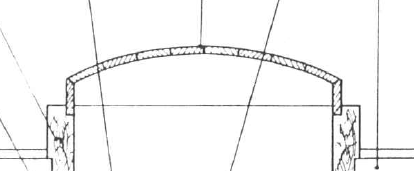
Maybe this was done more slowly to give the chance for the city to be bombarded to surrender. It would be quite intimidating seeing a number of bomb vessels setting up to send "death from above".In one of the books I was reading something about the procedures which were necessary that such a mortar is ready for a bombing.
Defintely it was not a fast activity in a hurry!
In order to place the ship at the correct location for firing the bombs they had to install the anchors at a correct place - minimum two or maybe up to four anchors had to be placed. This will take already some hours of work.
I'm sure that is the case. At least one Granado model was portrayed this way:Than the mortars - these covers were heavy and I am not sure that the seamen were able to lift them by hand - they are 2m *2m -> I calculated appr. 0,35 m³ wood - when the cover was made by oak it would weigh appr. 200kg - with some nails plus iron rings let us talk about 250kg
So I guess they had to handle these covers by lifting tackles with their spars.

Hallo Dirk,Hi Uwe,
the inner walls of the covers are afaik not correct. On my cross section I had to remove them later as the mortar does not fit. Also AOTS is not showing the walls there.
View attachment 455628
Great build so far!!
Dirk
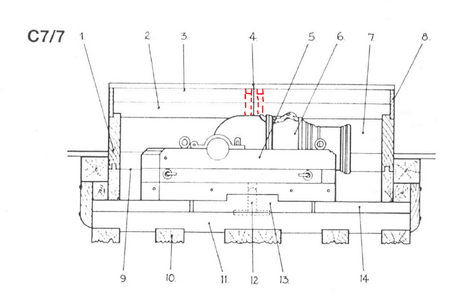


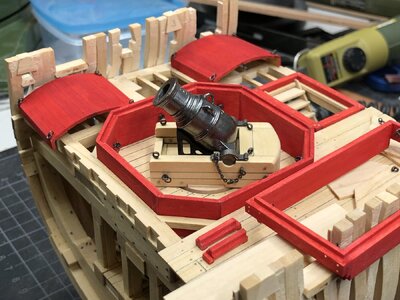
Here also I am pretty sure that Goodwin was wrong with this sketchAnd, sorry, another one, the side walls of the covers should not have the front wood on top, because of moisture, optimal would be a connection like AOTS shows, in between "better" would be if the deck planks cover the side walls.
View attachment 455629
I hope I am not too pickyIt's just respect for this great build
Dirk
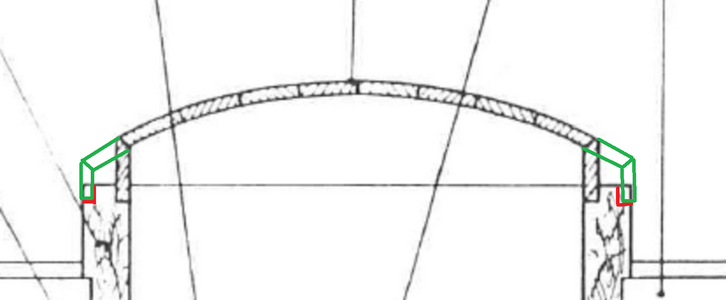
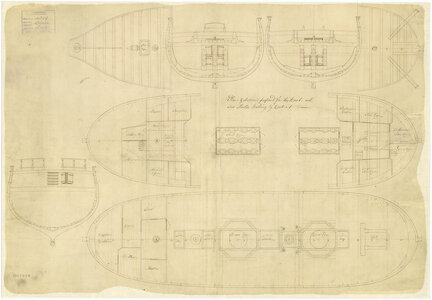

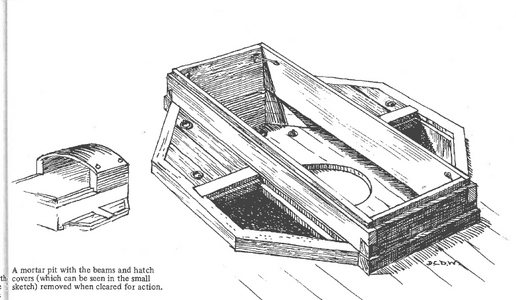

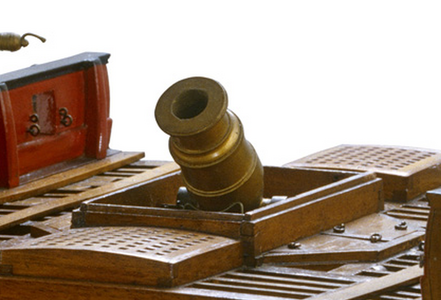
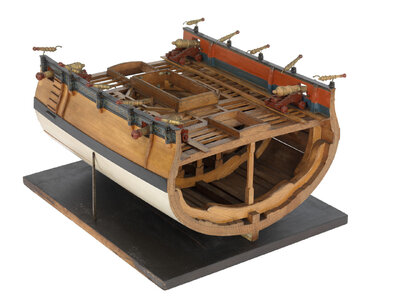
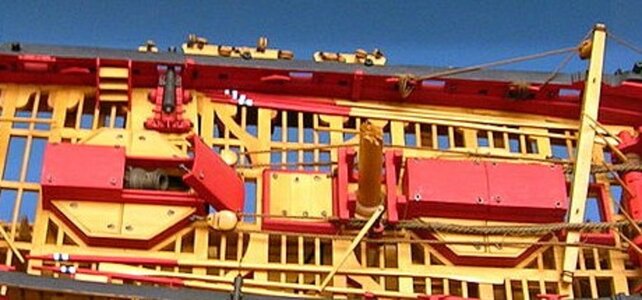
This is a great idea with the szene of lifting the cover - it is looking like a Jotika / Caldercraft model of the Granado - am I correct?Maybe this was done more slowly to give the chance for the city to be bombarded to surrender. It would be quite intimidating seeing a number of bomb vessels setting up to send "death from above".
I'm sure that is the case. At least one Granado model was portrayed this way:
View attachment 455741
But then our masts are a bit short for that. A "sky hook" perhaps?
That is correct. Which has masts, spars and rigging, so easy to do on that model.This is a great idea with the szene of lifting the cover - it is looking like a Jotika / Caldercraft model of the Granado - am I correct?
Not to mention that they probably had to fill a tender vessel with all the pieces they removed!Great work Uwe, by the looks of your lids and their bulkhead frames, the sailors had quite some work before they could aim and fire
Yes, i assume those removed parts have to go below deck?Not to mention that they probably had to fill a tender vessel with all the pieces they removed!
I doubt there would be room below deck. Certainly not for the large sliding covers. Yet they would severely limit mobility if stored on deck. I think they would be transferred a tender vessel prior to bombardment, as was a lot of other items, back and forth.Yes, i assume those removed parts have to go below deck?
That does, however, create a problem on how best to display the model. The covers, even if slid back, tend to obscure mortar detail, the inner sliding structure prevents the mortar from moving, etc. It's a shame not to show these cover structure details, yet also a shame not to show the mortars ready to use.I doubt there would be room below deck. Certainly not for the large sliding covers. Yet they would severely limit mobility if stored on deck. I think they would be transferred a tender vessel prior to bombardment, as was a lot of other items, back and forth.
I was thinking about something similar.What about having one mortar in the firing position, say the bigger 13 inch and the other with the hatches half open to reveal the mortar in it's ''rest'' position?
I assume Uwe has already given this some thougts, but a combination of one mortar completely ready, and the other one partly slid open might be nice to show, and the removed parts in a tender vessel next to the ship might make it a complete display.That does, however, create a problem on how best to display the model. The covers, even if slid back, tend to obscure mortar detail, the inner sliding structure prevents the mortar from moving, etc. It's a shame not to show these cover structure details, yet also a shame not to show the mortars ready to use.
I see your point now, but that also has to be quite a large vessel to store those items in, i thinkI doubt there would be room below deck. Certainly not for the large sliding covers. Yet they would severely limit mobility if stored on deck. I think they would be transferred a tender vessel prior to bombardment, as was a lot of other items, back and forth.


